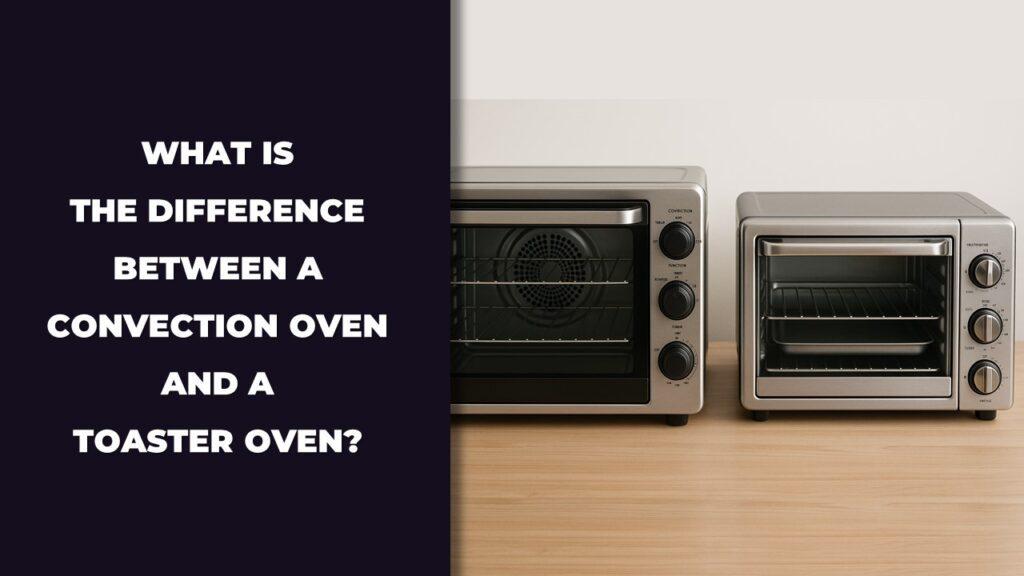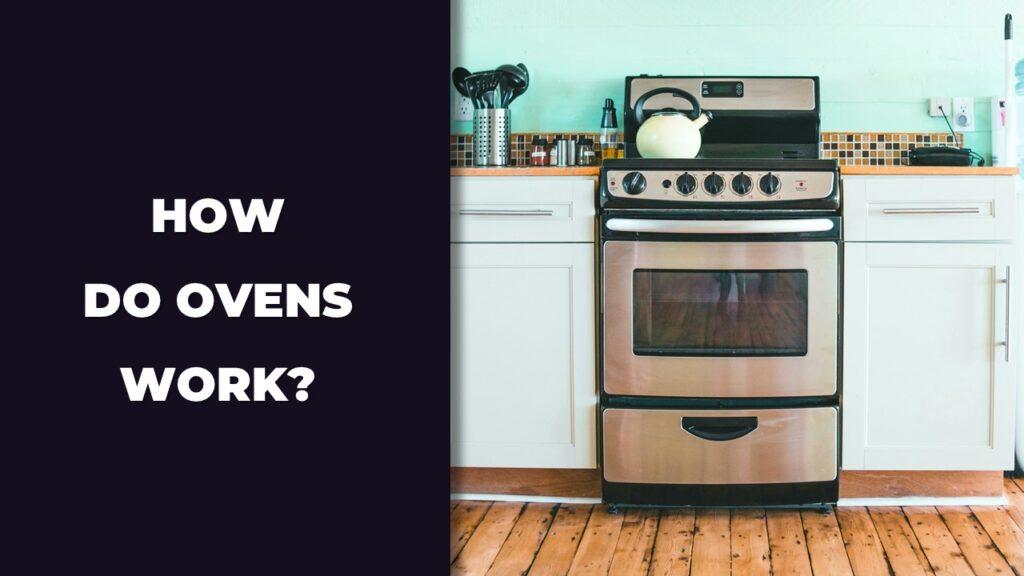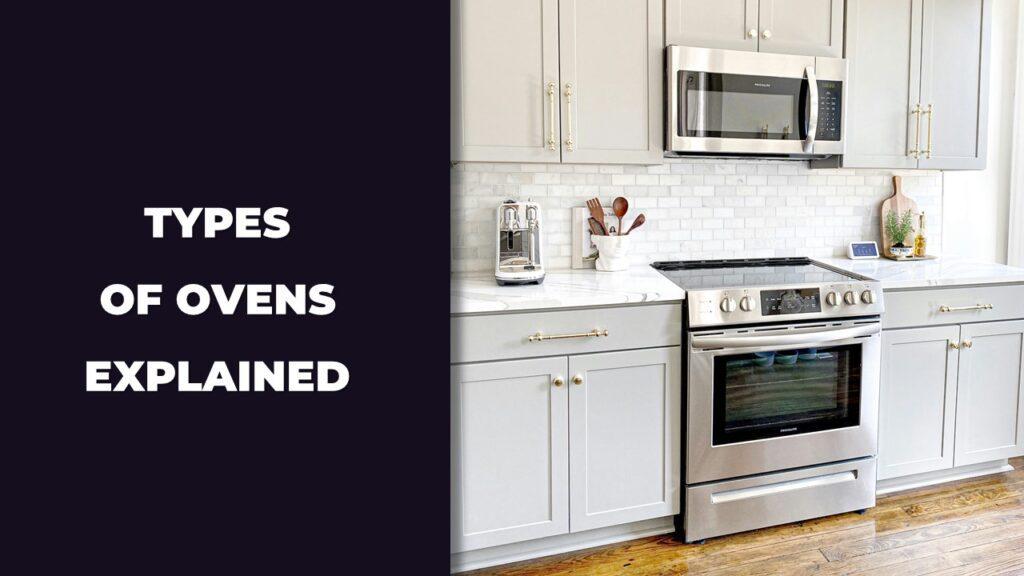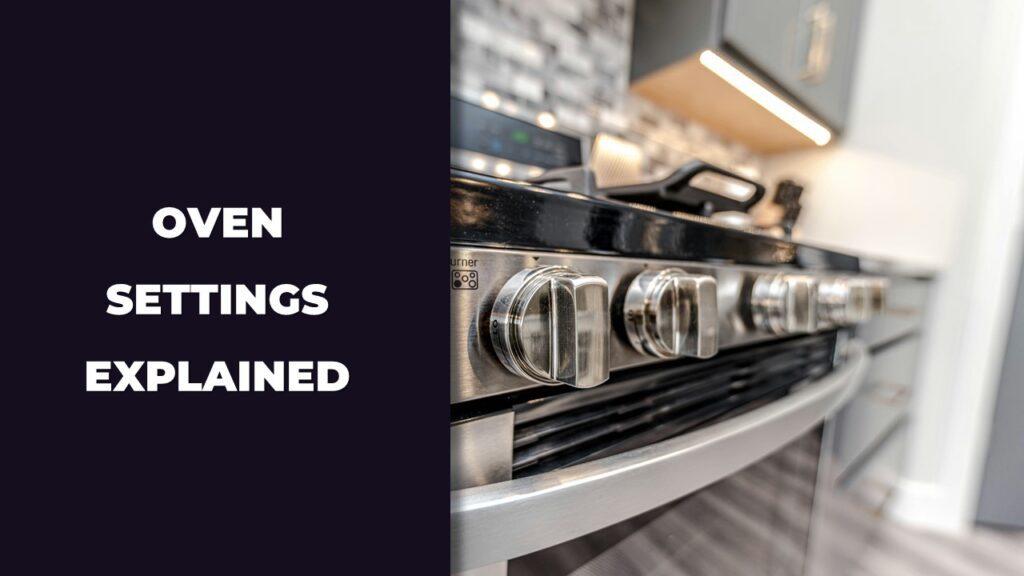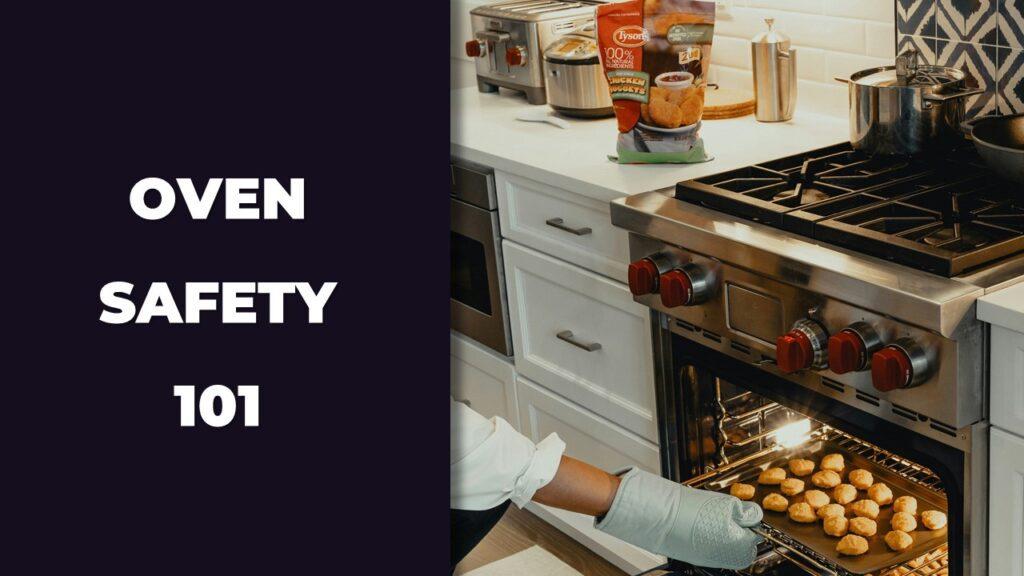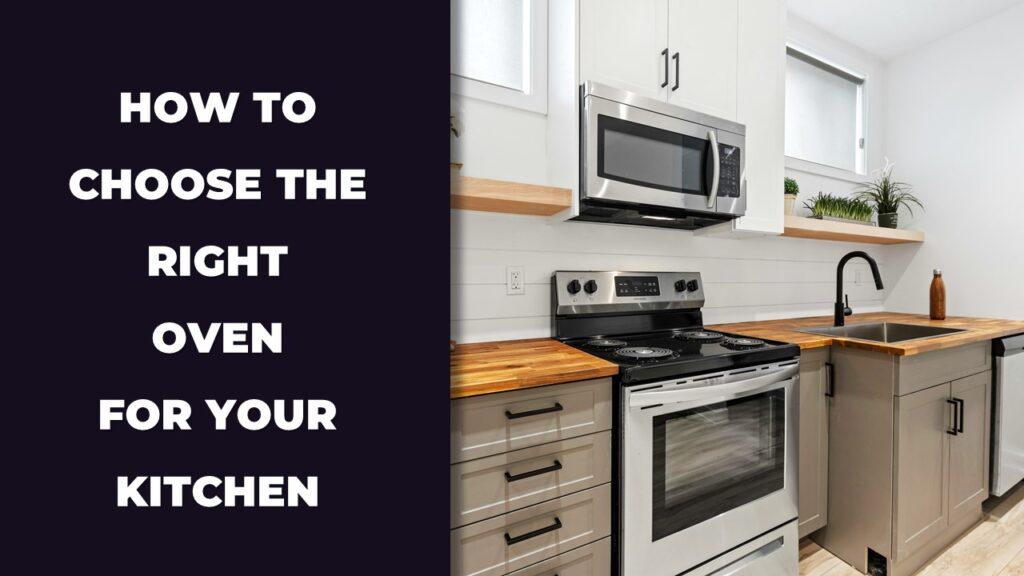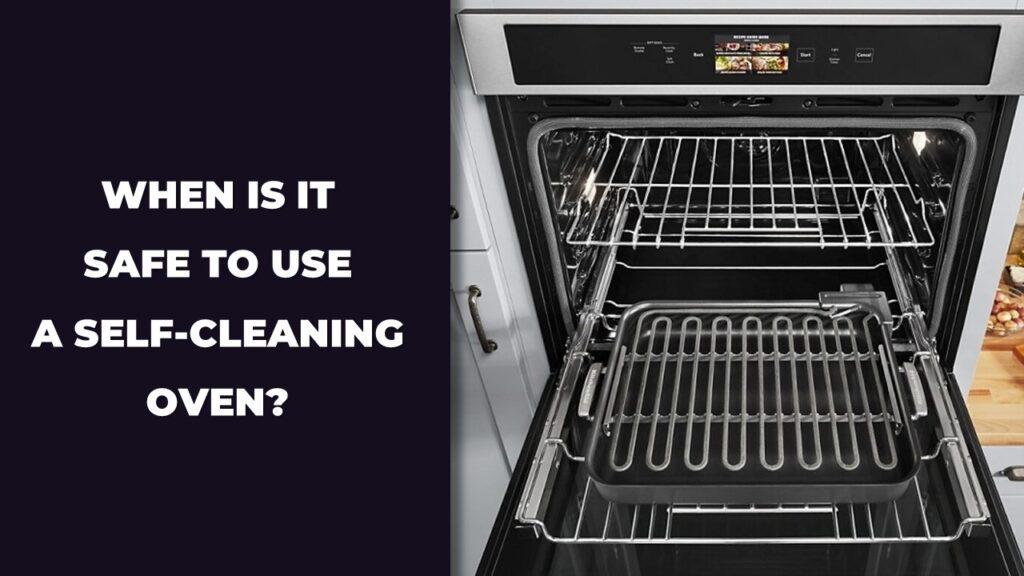
It’s generally safe to use a self-cleaning oven when your kitchen is well-ventilated, no one nearby has breathing issues, your oven is working properly, and you’re not planning to cook anything for the next several hours. The oven heats up to around 800 to 1,000 degrees Fahrenheit to burn off food and grease, turning it into ash. During this time, the door locks for safety, but the extreme heat and fumes can be risky if the oven is old, damaged, or used carelessly.
In this article, we’re going to walk through when it’s safe to use the self-clean feature, what you should avoid, how to use it properly, and safer cleaning alternatives. Our goal is to help you protect your oven, your home, and your health, without overcomplicating things.
When Is It Safe to Use a Self-Cleaning Oven (Quick Answer)
It’s usually safe to use a self-cleaning oven when the appliance is in good shape, your kitchen has fresh airflow, no one around has breathing issues, and you don’t need the oven again soon. These ovens heat up to very high temperatures—usually 800 to 1,000 degrees Fahrenheit—to burn off spills and grease. But that heat comes with risks, so timing and preparation matter.
Here are the best times and situations to use the self-cleaning function safely:
- The Oven Is Working Properly: If your oven has no known issues—like broken door latches, worn-out gaskets, or heating glitches—it’s safer to run the cycle.
- You Have Good Ventilation: Open windows, turn on your kitchen fan, or run an air purifier. Smoke and fumes are common, especially if food was left inside.
- No One Has Asthma or Breathing Issues: The fumes from burning food and coatings can be harsh. If someone in the home is sensitive, it’s better to wait or skip the cycle.
- You’re Not Hosting Guests or Cooking That Day: The cycle can take 3 to 5 hours. You won’t be able to use the oven while it runs or until it fully cools down afterward.
- No Pets or Kids Are in the Kitchen: The oven’s outside can get extremely hot. Keep curious hands and paws away during the cleaning cycle.
- You’re Home and Can Keep an Eye on It: Never run the cycle and leave the house. If anything smells off or sounds unusual, you’ll want to catch it quickly.
What Is a Self-Cleaning Oven and How Does It Work?
A self-cleaning oven is designed to clean itself using heat or steam, depending on the model. Most self-cleaning ovens rely on very high temperatures to burn off spills and turn food residue into ash. Others use steam to loosen grime so it can be wiped away more easily. These features save time but come with important safety considerations.
High-Heat (Pyrolytic) Self-Cleaning
This is the most common type of self-cleaning. The oven locks its door and heats up to about 900 to 1,000 degrees Fahrenheit. At that temperature, grease, crumbs, and baked-on food are incinerated, leaving behind a fine layer of ash. Once the oven cools, you can wipe the ash away with a damp cloth.
Key things to know:
- The process usually takes 3 to 5 hours.
- The door locks automatically for safety.
- Racks should be removed first to prevent discoloration or warping.
- It’s best to use it when the oven isn’t too heavily soiled, or you may get a lot of smoke.
Steam-Clean (AquaLift or Catalytic) Mode
Steam-cleaning ovens use lower temperatures (around 200 to 250 degrees Fahrenheit) and moisture to soften up grime. You pour a bit of water into the bottom of the oven, and the steam helps lift light messes from the surface.
Key things to know:
- It’s quicker—usually done in 30 minutes to 1 hour.
- Works better for fresh spills than old, stuck-on messes.
- It’s safer than high-heat modes but less powerful.
- Some models have special liners inside the oven that absorb grease and activate during regular baking at moderate temperatures.
Steam-clean modes are great for quick touch-ups but usually can’t replace a deep clean.
Risks Of Using A Self-Cleaning Oven
Self-cleaning ovens are convenient, but they come with real risks. The extreme heat can damage internal parts, release harsh fumes, and make the oven dangerously hot to the touch. While many people use the feature without problems, it’s not always safe—especially if the oven is older or already acting up.
Potential Oven Damage
High-heat cleaning cycles can push your oven to its limits. If your oven is already worn or has minor issues, those problems can get worse fast.
- Control boards and thermostats: These electronic parts are sensitive to heat. One self-clean cycle might be enough to knock them out for good.
- Door latch or gasket: If the door doesn’t lock properly or seal tightly, the heat has a path to escape. That can lead to safety problems or melted parts.
- Older ovens: Age, worn components, or years of baked-on residue make older ovens more likely to break during self-cleaning.
- Costly repairs: A damaged control panel or heating element can cost hundreds to replace, sometimes making it cheaper to buy a new oven.
Fumes And Indoor Air Quality
Burning food residue, grease, and enamel coatings can release smoke and fumes. These aren’t just unpleasant—they can be harmful.
- Strong smells and eye irritation: It’s common to notice burning smells during the cycle, especially if there’s old grease or sugary spills.
- Carbon monoxide risk: In rare cases, carbon monoxide can be released. This is more likely in older ovens with poor ventilation.
- Bad for people with asthma or allergies: If anyone in your home has breathing problems, they should stay far away from the kitchen while the cycle runs.
- Not pet-friendly: Birds, especially, are sensitive to fumes. Keep all pets in a different, well-ventilated room.
Fire And Burn Hazards
When an oven runs at nearly 1,000 degrees, the risk of burns and fires goes up.
- Exterior heat: Even the outside of the oven door or cooktop can be hot enough to burn skin.
- Grease fires: Leftover grease or food spills can ignite during the cycle if not cleaned out first.
- Glass doors: Rare, but possible. If the oven cools too fast or has a defect, the glass may crack or break.
When Should You Avoid The Self-Cleaning Feature?
Skip the self-clean cycle if your oven is older, acting strange, or needed for cooking in the next few days. Self-cleaning is a high-heat process that can push even a healthy oven to its limits. If anything seems off, it’s better to clean it by hand or use a gentler method.
Here are times when you should hold off:
- You’re hosting guests soon: If a holiday or dinner party is coming up, don’t risk breaking your oven right before it.
- Your oven is out of warranty: If it breaks during or after the cycle, repairs might be expensive and not covered.
- It’s making strange noises or heating unevenly: These are signs something might already be wrong. A self-clean cycle could make it worse.
- You haven’t used it in a while: Ovens that sit unused can collect dust, pests, or hidden problems behind them. Always check things first.
- There are pets or small kids in the house: The oven gets hot enough to burn just by touching the door. It’s not worth the risk if you can’t keep them away.
- You can’t ventilate the kitchen: If windows are stuck or fans aren’t working, it’s not safe to trap fumes indoors.
How To Use A Self-Cleaning Oven Safely
To use a self-cleaning oven safely, you need to prepare your kitchen, stay nearby while it runs, and let everything cool before touching the oven. The process may be automatic, but it still needs your full attention from start to finish. Skipping safety steps can lead to damage, injury, or strong fumes filling your kitchen.
Before You Start
Getting ready is the most important part. A little prep can prevent a lot of trouble.
- Read the manual: Every oven model has slightly different instructions. Always follow what your specific brand says.
- Take out the oven racks: High heat can discolor or warp them. Clean them separately by hand.
- Wipe out loose crumbs: Food chunks and grease can smoke or catch fire. A quick wipe with a damp cloth helps a lot.
- Check the door gasket: That soft seal around the door should be clean and intact. A damaged gasket can leak heat or fumes.
- Ventilate the space: Open windows or turn on the exhaust fan. If you have an air purifier, use that too.
During The Cycle
Once it starts, the oven locks the door and heats up to very high temperatures.
- Stay home and nearby: Never leave your house while the oven is self-cleaning. If something goes wrong, you need to be there.
- Keep kids and pets away: The outside of the oven can get hot enough to burn. Block access if needed.
- Watch for signs of trouble: If you smell something strange or hear odd noises, cancel the cycle and let the oven cool down before checking it.
After The Cycle Ends
Once the cycle is done, the oven will stay locked until it cools down.
- Wait for the door to unlock: Don’t force it. Some ovens stay locked until the temperature drops below a safe level.
- Wipe up the ash: Use a damp cloth or sponge to clean the fine white ash from the bottom of the oven.
- Clean and oil the racks: If you forgot to take them out, they may feel rough or stiff. Wipe them down and rub with a little cooking oil to help them glide smoothly again.
Safer Alternatives To Self-Cleaning Cycles
If you’re worried about heat, fumes, or damaging your oven, there are safer ways to clean it. These methods may take a bit more elbow grease, but they’re much gentler on your oven and your home.
- Manual cleaning with baking soda and vinegar: Mix baking soda with water to form a paste. Spread it inside the oven and let it sit overnight, then spray with vinegar and wipe clean.
- Non-toxic commercial cleaners: Some store-bought sprays are fume-free and safe to use. Just make sure to check labels and follow directions.
- Steam cleaning (if your oven supports it): Some models have a lower-temperature steam clean mode. Add water and let the oven do a light-duty clean.
- Professional oven cleaning service: If your oven is really dirty or you’re nervous about doing it yourself, hiring a cleaner is a safe option.
- Routine wipe-downs after cooking: The easiest way to avoid deep cleaning is to wipe down the oven regularly, especially after messy meals. A slightly warm oven and a damp cloth work wonders.
Self-Cleaning Vs. Manual Cleaning: What’s Better Long Term?
Self-cleaning is faster and more convenient, but manual cleaning is safer and easier on your oven in the long run. If your goal is deep cleaning with less effort, self-cleaning can be useful once in a while. But for oven longevity, fewer repair bills, and fewer fumes, regular manual cleaning is the better habit to stick with.
Both methods have their place, and the best one depends on how dirty your oven is and what you’re comfortable with. If you use your oven often for greasy foods or baking, mixing both options might be the best strategy.
Here’s a quick side-by-side comparison to help you decide:
| Feature | Self-Cleaning Oven Cycle | Manual Cleaning |
| Cleaning Power | High – burns off baked-in messes | Moderate – depends on effort and tools |
| Time Needed | 3 to 5 hours (plus cool-down) | 30 minutes to a few hours |
| Effort Required | Low during the cycle, some wiping afterward | High – requires scrubbing and prep |
| Risk of Damage | Higher – may harm internal parts | Low – safe for electronics and parts |
| Fumes or Odors | Yes – can be strong and unpleasant | Mild, depending on the cleaner used |
| Safety Considerations | Needs full supervision, not pet/kid friendly | Safer for families and pets |
| Cost Over Time | Can lead to costly repairs | Cheap – mostly supplies and elbow grease |
Final Thoughts
Using the self-cleaning feature is worth it in some cases, but it’s not something you should rely on regularly. It’s great for tackling serious messes with less effort, but that convenience comes with risks. From burned-out parts to smoky kitchens, a lot can go wrong if you’re not careful.
For everyday maintenance, safer alternatives like manual cleaning or steam cycles are often the smarter choice. They take more time but keep your oven in better shape and don’t fill your home with harsh fumes.
So, when is it safe to use a self-cleaning oven? The best time is when you’ve planned ahead, checked your oven’s condition, and created a safe, well-ventilated environment. It’s a helpful feature, but like most shortcuts, it works best when used with care.
Related FAQs
Can I Leave The House During A Self-Cleaning Cycle?
No, it’s not safe to leave the house during a self-cleaning cycle. The oven reaches extremely high temperatures, and problems like smoke, strange odors, or malfunctioning parts can happen. Always stay nearby so you can act quickly if needed.
How Often Should I Run The Self-Clean Cycle?
Most ovens only need a self-clean cycle every few months, depending on how often and how messy your cooking is. If you wipe your oven down regularly, you might only need it once or twice a year. Overusing the feature can wear down oven components.
Is It Okay To Leave Oven Racks Inside During The Cycle?
No, it’s best to remove the racks before starting a self-clean cycle. The extreme heat can discolor or damage the finish, causing them to stick or slide poorly afterward. Clean the racks by hand instead.
Can The Fumes Hurt My Pets Or Children?
Yes, fumes from a self-cleaning oven can irritate the lungs and eyes, especially in kids, pets, and anyone with asthma. Birds are especially sensitive. Keep the area ventilated and remove all pets from the room during the cycle.
What If My Oven Shuts Off During Self-Cleaning?
If your oven shuts off mid-cycle, let it cool completely before touching or opening it. Once cool, check your manual for a reset option. If it won’t turn back on or shows an error, you may need a technician to inspect internal damage.

At our core, we’re a group of passionate households and gardening tools and appliances users and enthusiasts. We dive deep into the world of tech, especially when it’s about your household or gardening electric items. We try to provide as much value to the readers with our information and how to blog articles as possible. For affiliate articles our honest and transparent reviews of essential tech products are rooted in real-world experience. We take great satisfaction in offering unbiased evaluations, ensuring that you can make informed decisions when investing in your desired techs.

